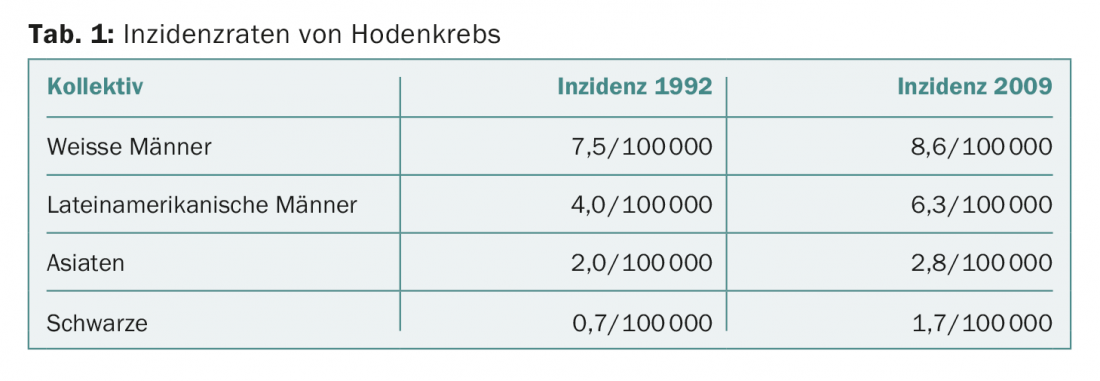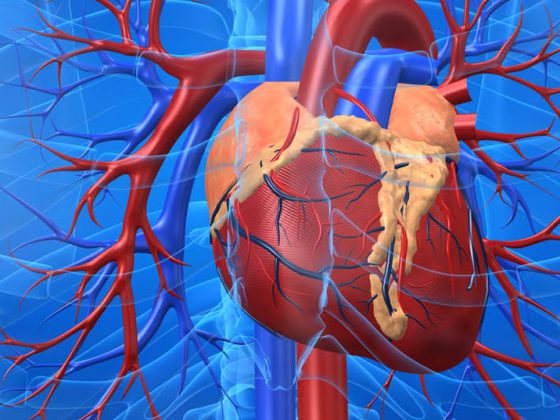Testicular cancer is becoming increasingly common in industrialized nations. A study that examined development trends in the U.S. and Europe concludes that Switzerland in particular, along with Norway and Denmark, is now among the countries with the highest age-standardized incidence. Overall, the number of new cases is increasing significantly internationally.
The two databases SEER-13 and EUREG served as the basis for the study. Among U.S. men aged 15 years or older, incidence rates of germ cell tumors of the testis have shown a marked increasing trend over the past two decades. Whereas in 1992 the rate was 5.7/100,000, in 2009 it was already 6.8/100,000. The annual percentage increase was significant at 1.1%. The highest rates of new cases were found in white men, followed by Hispanic men. In contrast, Asian and black men were least likely to develop the disease. However, all groups showed an increase over the time studied. Table 1 summarizes the incidence figures. The annual percentage increase was 1.2% in white men (p<0.001). However, it was most pronounced in Latin American men: In the years between 2002 and 2009, the incidence here increased by 5.6% annually (p<0.01).

Among all registered germ cell tumors, seminomas accounted for 29% in 15- to 26-year-olds. In contrast, in those over 40 years of age, 78% of cases were already seminomas.
Europe particularly affected
In 15 of the 19 European countries studied, the incidence of testicular cancer increased significantly (p<0.05). Switzerland is one of the countries most affected: In this country, the age-standardized rate of new cases is 12.7/100,000. Switzerland is surpassed only by Denmark with an incidence of 13.4/100,000. Norway also has a rate of 12.7/100,000. The annual percentage increase was highest in Spain, 5.5% (95% CI 3.9-7.0%; p<0.001).
Source: Nigam M, et al: Increasing incidence of testicular cancer in the United States and Europe between 1992 and 2009. World Journal of Urology May 2015; 33(5): 623-631.
InFo ONCOLOGY & HEMATOLOGY 2016; 4(1): 1












